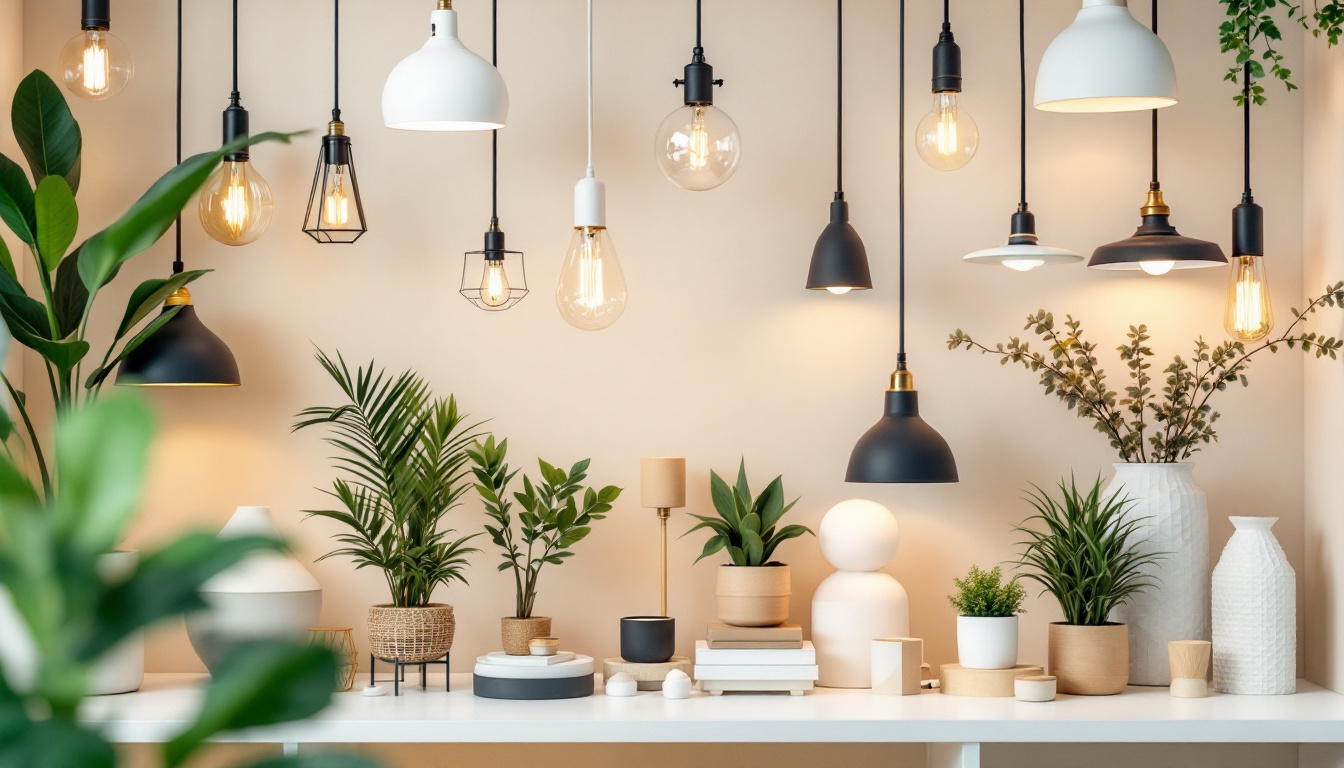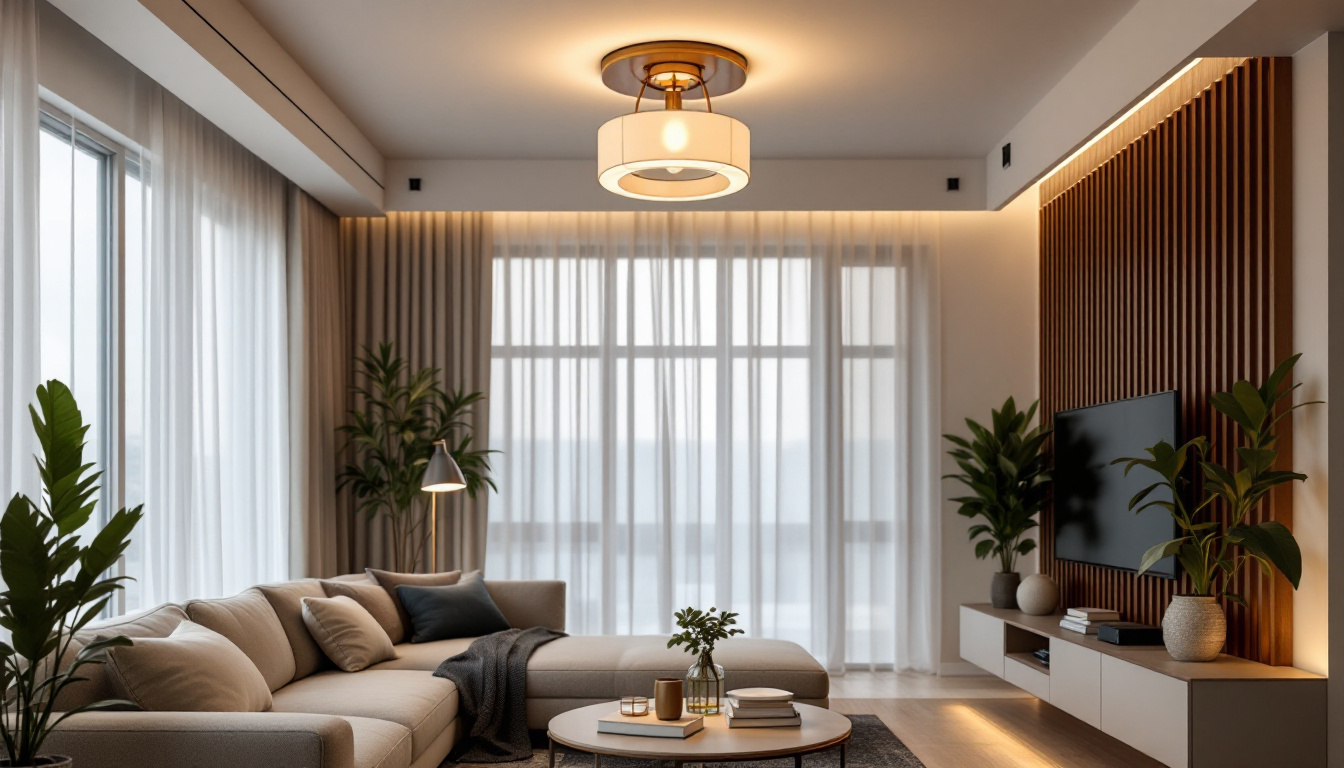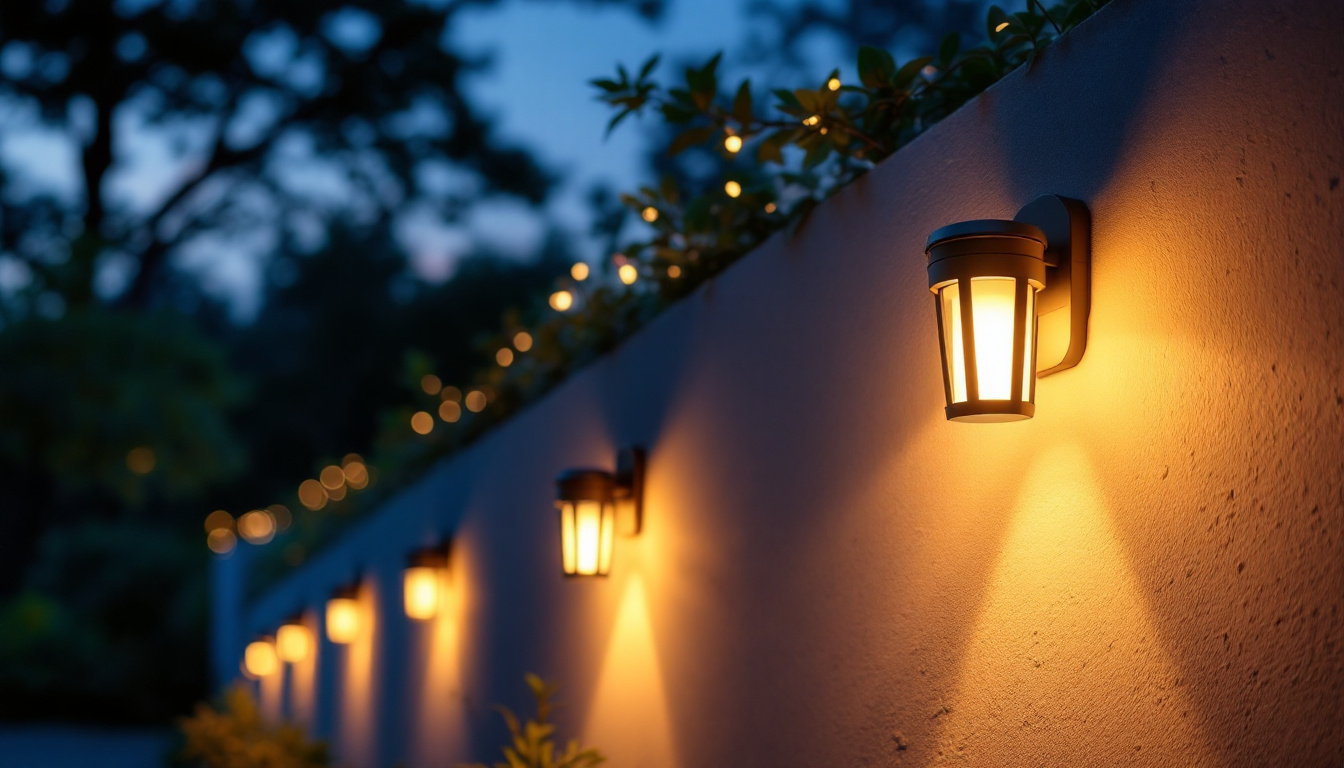
When embarking on a lighting project, understanding the different types of light fixtures available is essential for achieving the desired ambiance and functionality. Selecting the right fixtures not only enhances the aesthetic appeal of a space but also ensures efficiency and longevity. However, making uninformed decisions can lead to costly mistakes. This article delves into various types of light fixtures and offers guidance to help lighting contractors navigate their projects successfully.
Light fixtures come in various forms, each serving distinct purposes and functionalities. Familiarity with these types can significantly impact the outcome of a lighting project. Whether illuminating a residential space or a commercial environment, knowing the characteristics of each fixture type is crucial. The right lighting can transform a space, enhance its aesthetics, and even influence mood and productivity. Therefore, taking the time to understand the options available is essential for achieving the desired effect.
Light fixtures can be categorized into several types, including ambient, task, and accent lighting. Ambient lighting provides overall illumination, task lighting focuses on specific areas for activities, and accent lighting highlights particular features or objects. Understanding these categories helps in selecting the right fixtures for specific needs. For example, in a home office, task lighting might include a desk lamp that directs light onto work surfaces, while ambient lighting could come from overhead fixtures that ensure the entire room is well-lit. Accent lighting, such as spotlights on artwork or architectural features, can add depth and interest to the overall design.
Some of the most popular styles include chandeliers, pendant lights, wall sconces, recessed lighting, and track lighting. Each style has unique characteristics that make it suitable for different applications. For instance, chandeliers often serve as focal points in dining areas, while recessed lighting provides a clean and modern look for ceilings. Pendant lights can be used to create a cozy atmosphere over kitchen islands or dining tables, while wall sconces can add a touch of elegance to hallways or entryways. The choice of style not only affects the functionality of the lighting but also plays a crucial role in the overall aesthetic of the space.
In today’s eco-conscious environment, energy efficiency is a significant factor in fixture selection. LED fixtures are increasingly popular due to their longevity and lower energy consumption compared to traditional incandescent bulbs. Understanding energy ratings and the long-term cost implications of different fixtures can help in making informed choices. Additionally, many modern fixtures come with smart technology options, allowing users to control brightness and color temperature through apps or voice commands. This not only enhances convenience but also contributes to energy savings by allowing users to customize their lighting needs according to the time of day or specific activities. As technology advances, the integration of energy-efficient lighting solutions becomes more accessible, making it easier for consumers to make sustainable choices without compromising on style or functionality.
Different spaces require different lighting solutions. The choice of fixtures should take into account the room’s purpose, size, and style. A well-planned lighting scheme enhances functionality and aesthetics, creating an inviting atmosphere.
In residential settings, the choice of fixtures often revolves around creating a warm and welcoming environment. Living rooms may benefit from a combination of ambient and accent lighting, while kitchens require effective task lighting. Understanding the needs of each room is essential for selecting the appropriate fixtures. For instance, in bedrooms, soft, dimmable lights can create a serene ambiance conducive to relaxation, while in dining areas, a statement chandelier can serve as both a source of light and a focal point that elevates the overall decor.
Moreover, incorporating smart lighting systems in residential spaces allows homeowners to customize their lighting experience. With the ability to control brightness and color temperature through mobile apps or voice commands, residents can easily adjust their lighting to suit different activities, from entertaining guests to enjoying a quiet evening at home. This level of versatility not only enhances comfort but also promotes energy efficiency, as lights can be programmed to turn off when not in use.
In commercial environments, lighting plays a critical role in functionality and branding. Fixtures should be chosen based on the nature of the business. For example, retail spaces often utilize accent lighting to highlight products, while offices may require bright, even lighting to enhance productivity. The right fixtures can significantly influence customer experience and employee satisfaction. In restaurants, for instance, the lighting should be adjustable to create different moods throughout the day, transitioning from bright and lively during lunch hours to soft and intimate for dinner service.
Additionally, energy-efficient lighting solutions, such as LED fixtures, are becoming increasingly popular in commercial settings due to their longevity and lower energy consumption. Businesses are also exploring innovative designs that incorporate natural light, using skylights and large windows to create a more inviting atmosphere while reducing reliance on artificial lighting. This approach not only cuts costs but also contributes to a healthier work environment, as studies show that natural light can boost mood and productivity.
Outdoor lighting fixtures must withstand various weather conditions while providing safety and security. Pathway lights, floodlights, and wall-mounted fixtures are common choices. Additionally, outdoor lighting should complement the architectural features of the property and enhance the overall landscape design. For example, uplighting can be used to highlight trees or architectural elements, creating a dramatic effect that transforms the outdoor space at night.
Furthermore, incorporating motion sensor lights can enhance security around the property, deterring potential intruders while providing illumination when needed. Solar-powered fixtures are also gaining popularity due to their eco-friendly nature and ease of installation. By strategically placing outdoor lights, homeowners can not only improve visibility and safety but also create an inviting atmosphere for outdoor gatherings, allowing for extended use of patios and gardens even after sunset.
Even experienced lighting contractors can fall into traps that lead to costly mistakes. Awareness of these pitfalls can help ensure a successful project outcome.
One of the most common mistakes is insufficient planning. Before selecting fixtures, it is crucial to assess the space thoroughly, considering factors such as size, layout, and purpose. A well-thought-out lighting plan will help avoid issues like dark spots or overly bright areas. Additionally, it is beneficial to involve all stakeholders early in the planning process. Gathering input from architects, interior designers, and even the end-users can provide valuable insights that might influence the lighting design. This collaborative approach not only fosters a sense of ownership but also ensures that the lighting meets the functional needs of the space.
Layered lighting is essential for creating depth and dimension in a space. Relying solely on one type of lighting can result in a flat and uninviting atmosphere. Incorporating ambient, task, and accent lighting allows for flexibility and enhances the overall design. For instance, in a living room, ambient lighting can provide general illumination, while task lighting, such as a reading lamp, can focus on specific areas. Accent lighting can then highlight artwork or architectural features, creating a more dynamic and visually appealing environment. Understanding the interplay between these layers can transform a mundane space into a vibrant one.
Fixture placement is critical for achieving the desired lighting effect. Fixtures that are too high or too low can lead to ineffective lighting. Additionally, the spacing between fixtures should be carefully considered to ensure even illumination throughout the space. It’s also important to take into account the type of activities that will occur in the area. For example, in a kitchen, under-cabinet lighting can illuminate countertops effectively, while pendant lights over an island can create a focal point. Moreover, considering the angle of light can help reduce glare and shadows, enhancing both functionality and comfort in the space.
As technology advances, new lighting solutions continue to emerge. Staying informed about these innovations can provide lighting contractors with a competitive edge.
Smart lighting systems allow users to control their lighting remotely, offering convenience and energy savings. These systems can be programmed to adjust brightness and color temperature based on the time of day or occupancy, enhancing both functionality and comfort.
Integrated lighting solutions combine fixtures with architectural elements, providing seamless design and improved efficiency. For example, LED strips can be integrated into cabinetry or ceilings, creating a modern and sophisticated look while maximizing space.
Human-centric lighting focuses on aligning artificial lighting with the natural circadian rhythms of individuals. This approach can enhance well-being and productivity, making it an attractive option for both residential and commercial projects.
Successful lighting projects require a comprehensive understanding of the various types of fixtures available and their appropriate applications. By avoiding common mistakes and embracing innovative technologies, lighting contractors can deliver exceptional results that meet their clients’ needs.
The lighting industry is constantly evolving, with new products and technologies emerging regularly. Lighting contractors should prioritize continuous education and stay updated on trends to remain competitive. Attending workshops, trade shows, and online courses can provide valuable insights and inspiration.
Effective communication with clients is essential throughout the project. Understanding their preferences, needs, and budget will help in making informed recommendations. Collaborating closely with clients ensures that the final outcome aligns with their vision, leading to higher satisfaction and repeat business.
Investing in high-quality fixtures can save time and money in the long run. Durable fixtures not only perform better but also require less maintenance and replacement. Lighting contractors should prioritize quality over cost to ensure long-lasting results for their clients.
Lighting projects can significantly impact the functionality and aesthetics of a space. By understanding the different types of light fixtures, avoiding common mistakes, and embracing innovative technologies, lighting contractors can enhance their projects’ success. Continuous education, client collaboration, and a focus on quality will ultimately lead to satisfied clients and a thriving business.
Ready to elevate your lighting projects with fixtures that blend quality, affordability, and convenience? Look no further than LumenWholesale. Our spec-grade lighting solutions are designed to meet the highest industry standards, ensuring your projects shine with reliability and performance. Say goodbye to inflated markups and hello to unbeatable wholesale prices, free shipping, and the ease of bulk buying. Don’t compromise on your lighting needs. Choose LumenWholesale for the best value in lighting solutions. Wholesale Lighting at the Best Value is just a click away.

Discover how semi flush mount lights are revolutionizing the lighting industry with their perfect blend of style and functionality.

Discover essential insights and expert advice for lighting contractors on selecting and installing outdoor fluorescent bulbs.

Discover the essentials of wall mount outdoor solar lights with our comprehensive guide tailored for lighting contractors.

Discover essential insights into outdoor flood lights that every lighting contractor should know.